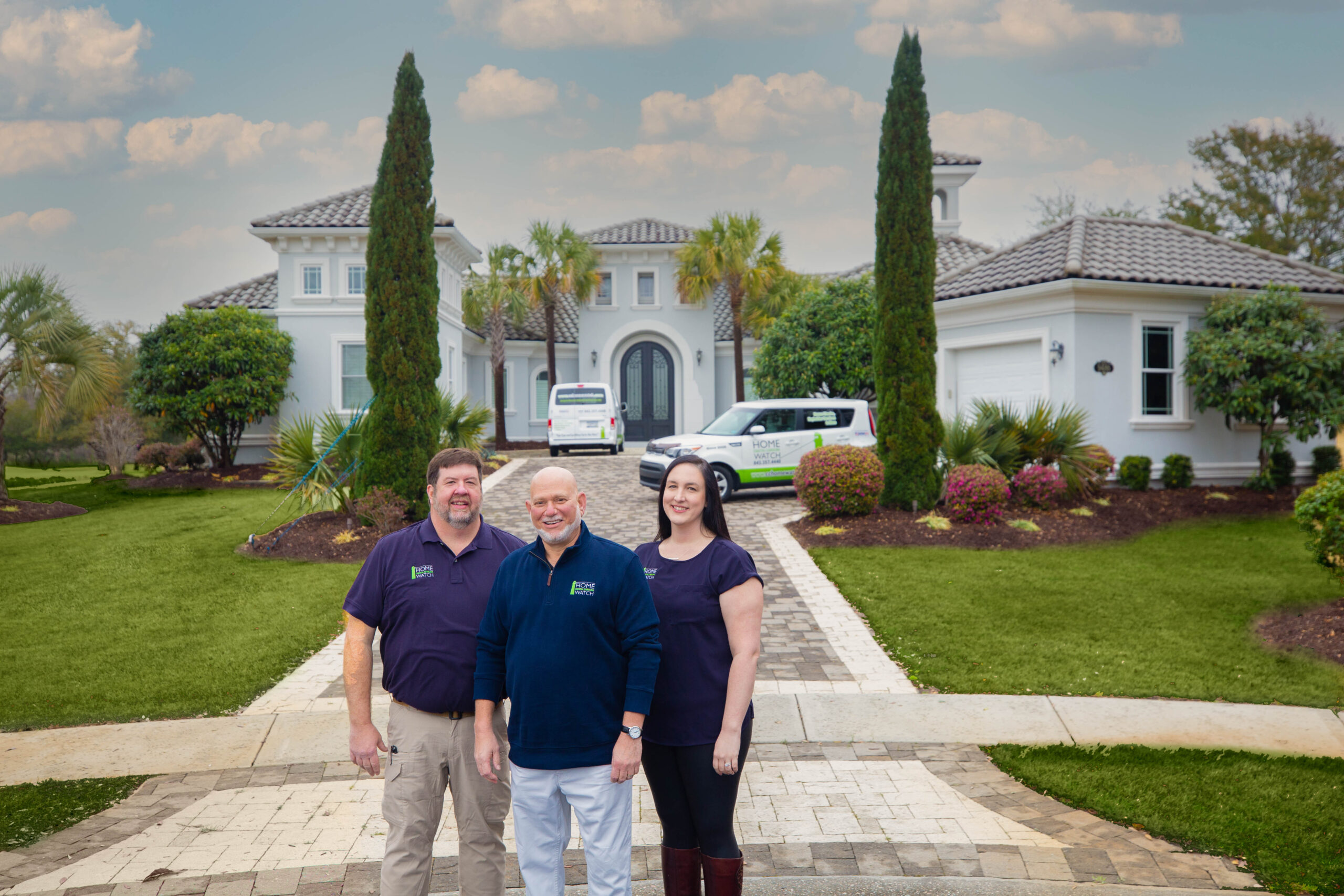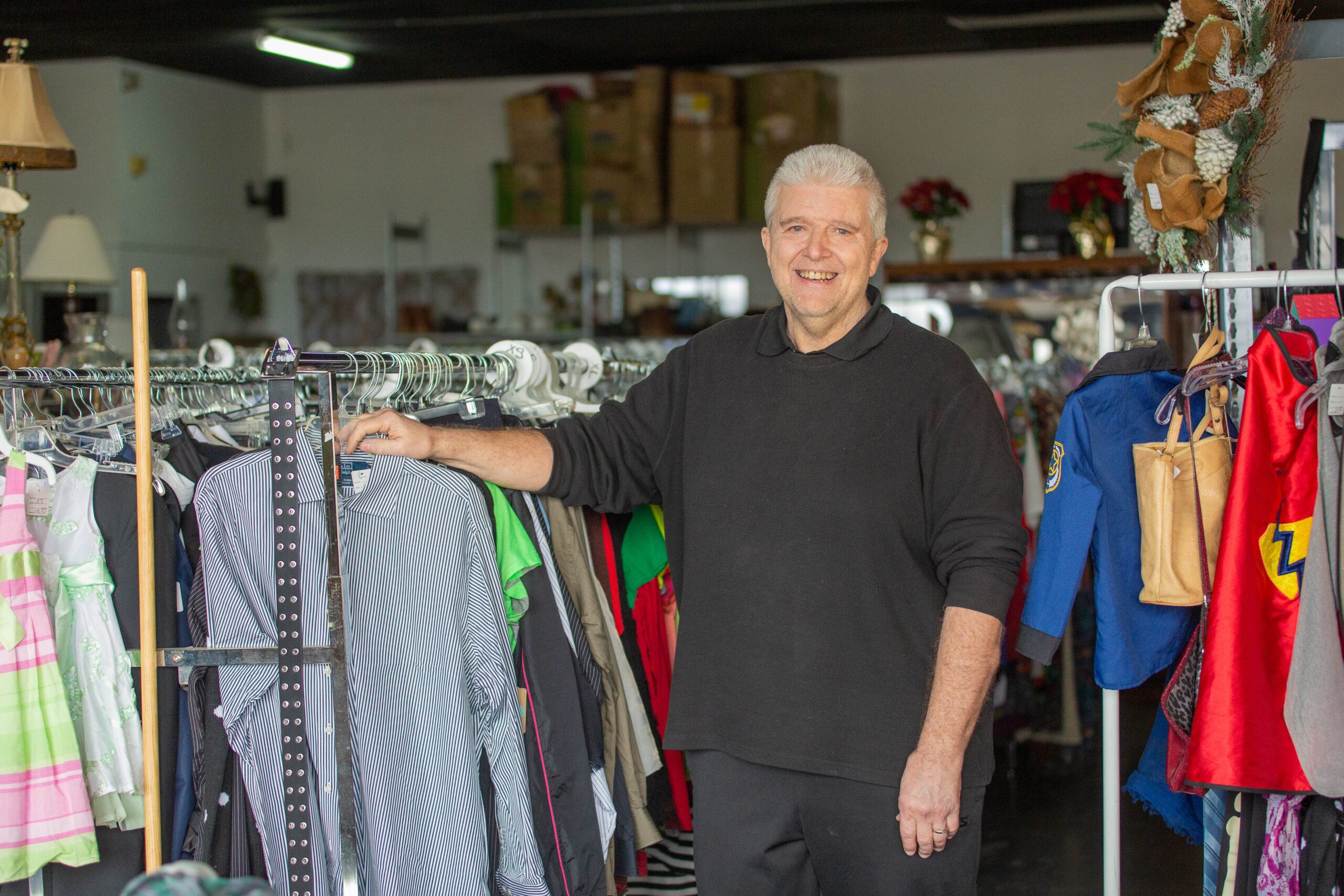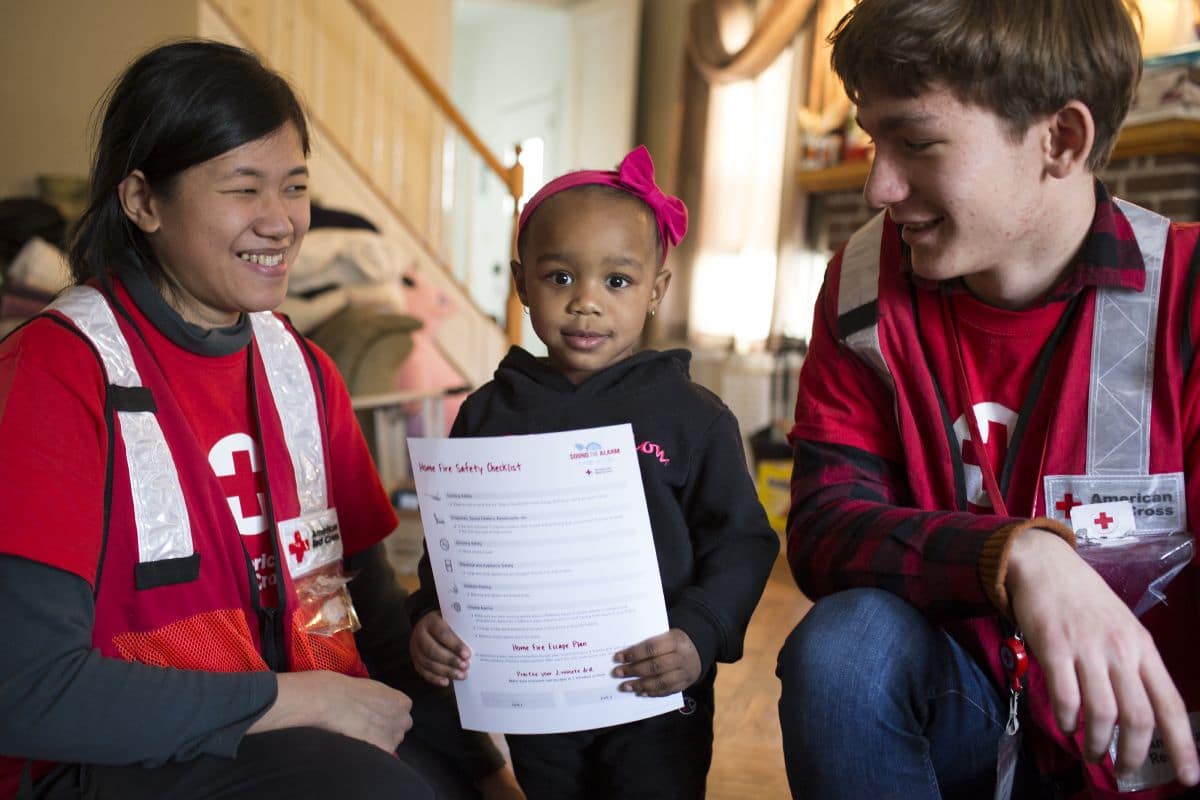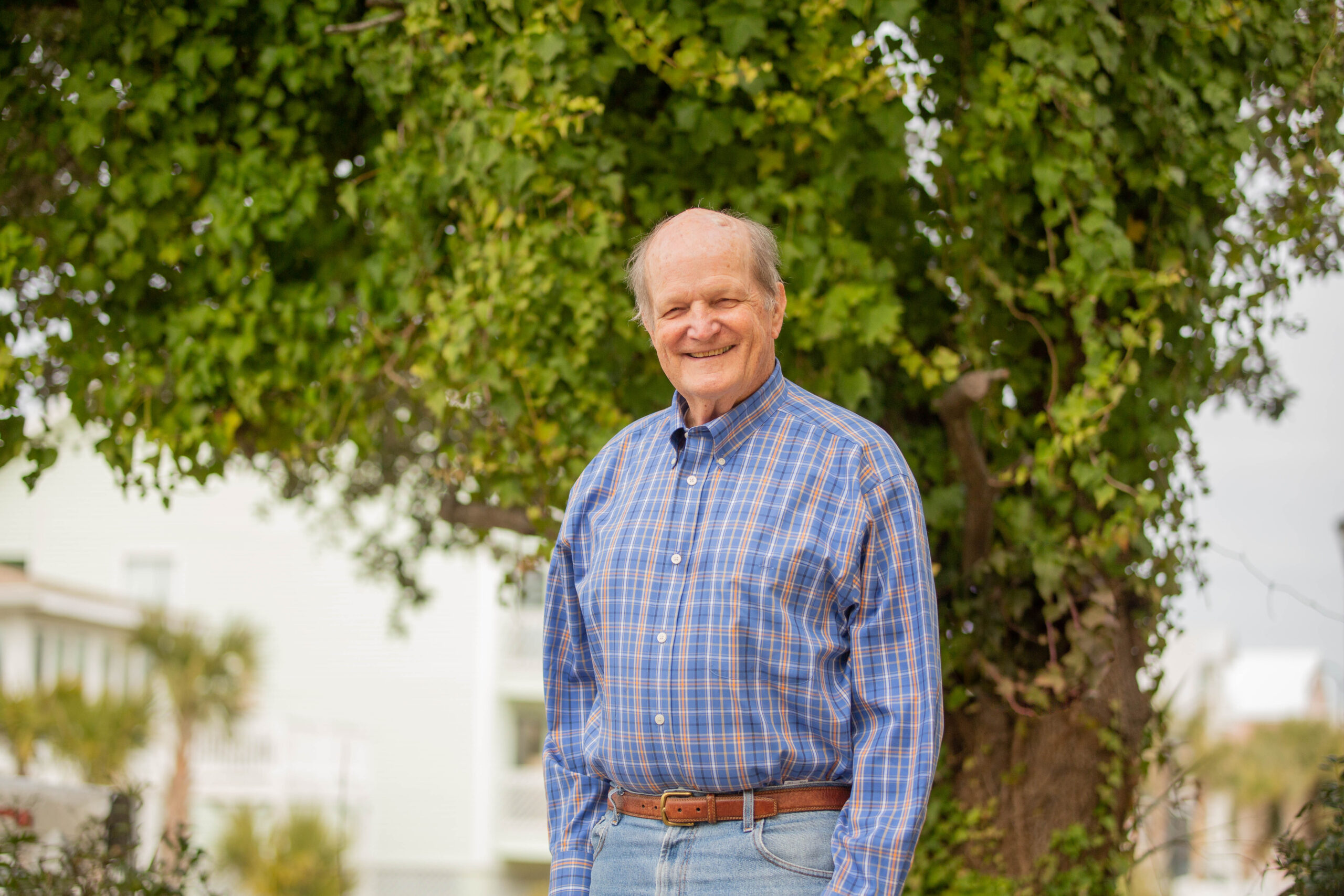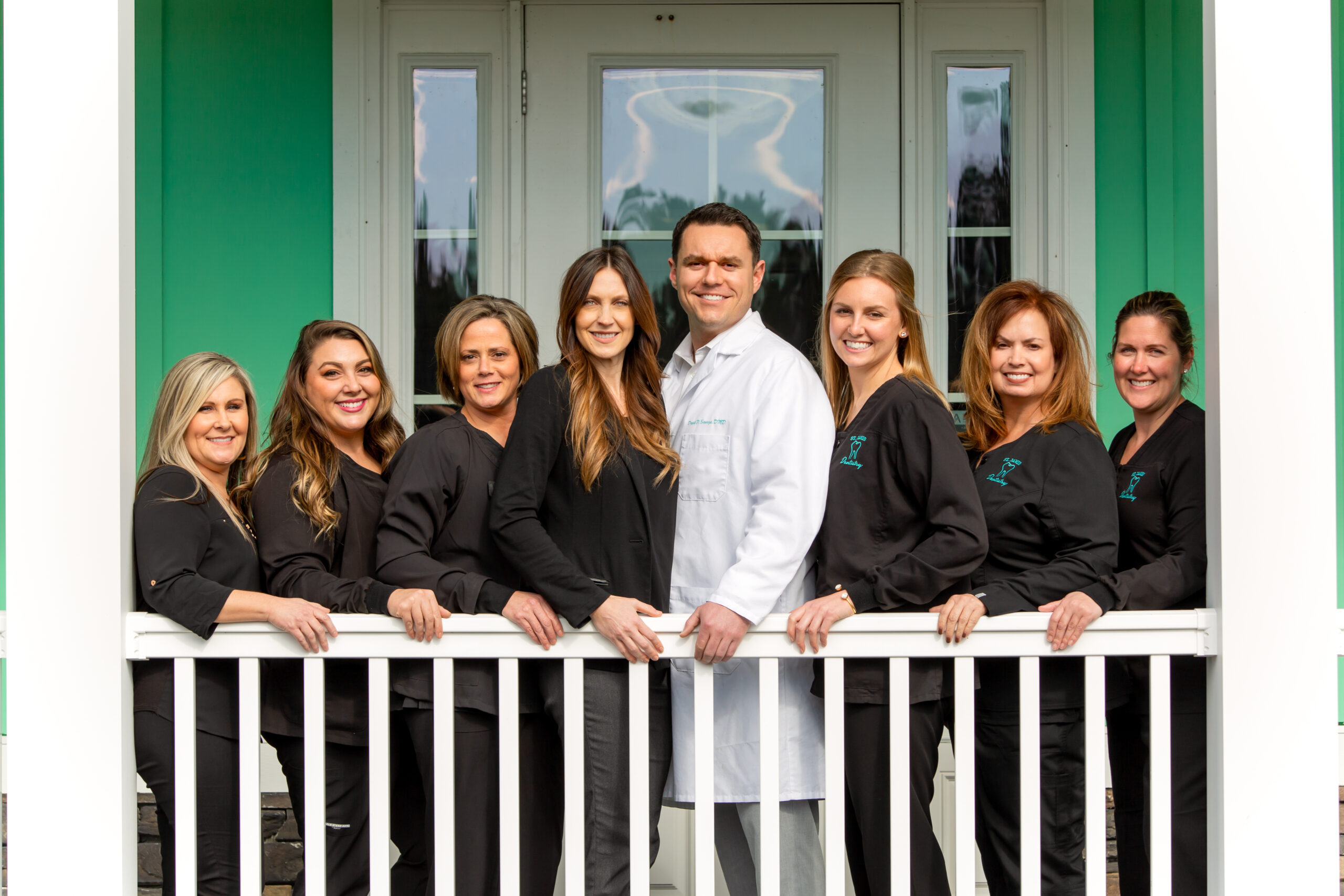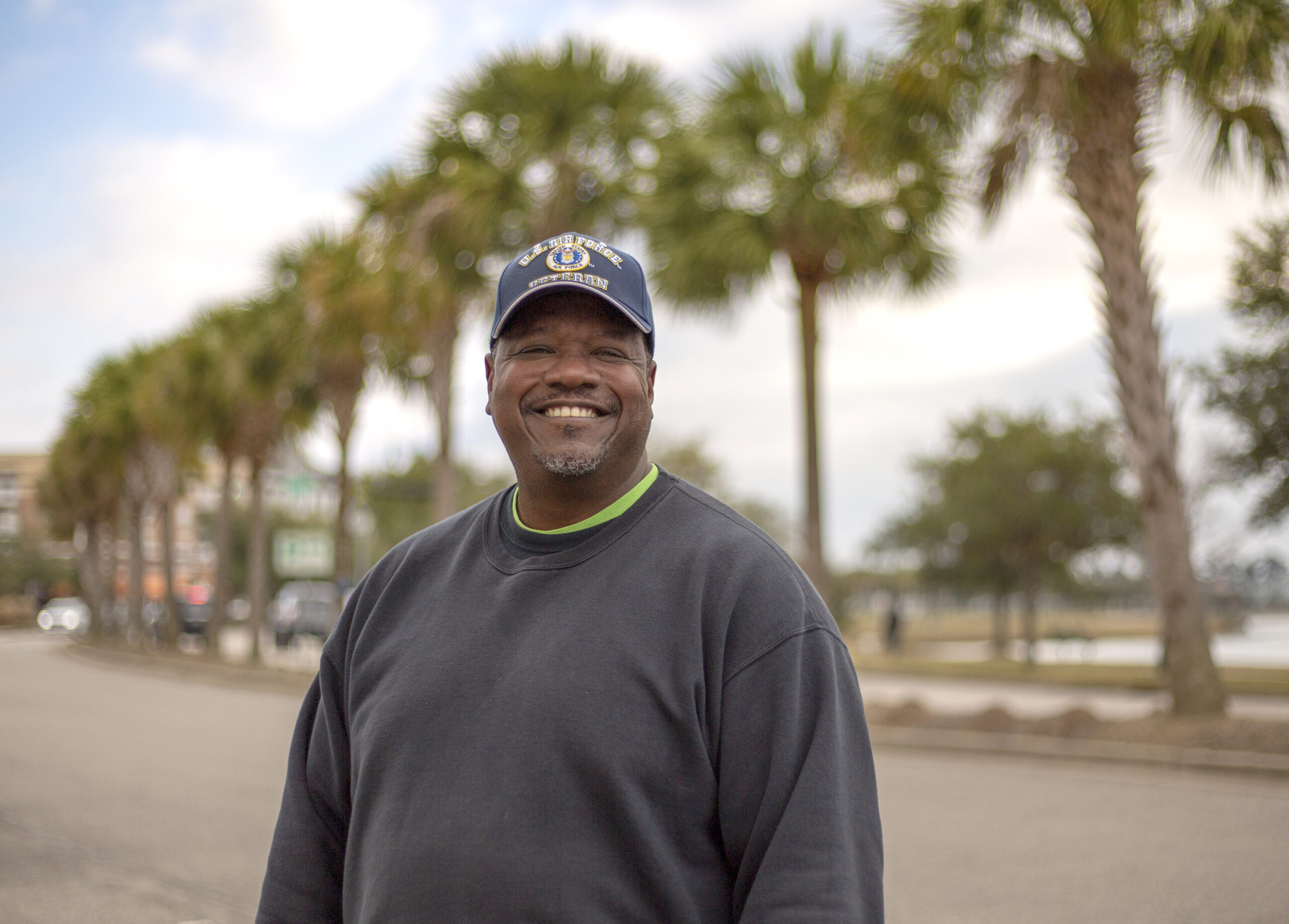The Top Courses You Don't Want to Miss
by Melissa LaScaleia
Myrtle Beach has long been renowned as a golfing destination, as the Grand Strand provides golf enthusiasts with seemingly endless options for picturesque and challenging links accompanied by mostly sunny skies and balmy temperatures.
With over 80 courses dotting the area, it’s no wonder that Myrtle Beach is proclaimed the Golf Capital of the World. But with so many to choose from, how is one to pick where to tee-off from next?
Below, we’ve compiled a golf guide to help golfers and would-be golfers with this dilemma.
Whether you’re visiting for the first time or have lived here for years and have your own list of favorites, we’re sure you’ll find something to delight you in our list.
We polled the golf-lovers at both our Insider and Real Living Home Realty offices to learn their thoughts on which are their favorites and why, and have included some bits of history and other fun facts as well.
What follows, in no particular order, are our top choices for golf venues we think are the most memorable.

This course is a Jack Nicklaus signature design, and touted by a few as one of the most memorable layouts in the area. The back nine are on the marsh, giving you the surreal feeling that you’re playing golf from the water of the Inlet itself.
This course is part of the Prime Times Founders Collection courses, which represent the best of what Myrtle Beach has to offer. It is consistently ranked at the top by Golf Insider magazine.
Pawley’s Plantation offers one, two, three, and four bedroom villas with golf course views for your next golf getaway, special event, family vacation or business retreat.

9000 North Ocean Boulevard
Myrtle Beach, SC 29572
In 1948, a little-known architect named Robert Trent Jones was commissioned to design the layout of The Dunes Club. Seventy years later, he is hailed as one of the all-time greatest golf course architects ever to have touched the earth.
This semi-private signature course has a rating of 76.1 and a slope rating of 148.
The Dunes Golf and Beach Club stands as a “Top 100 Golf Course” in virtually every major magazine ranking. The club has played host to many PGA Tours, Senior PGA Tours, USGA Championships, Women’s, Amateur, National, Collegiate, and State events. Today, it measures an impressive 7,450 yards; renovations are overseen by Rees Jones, son of the original designer, to maintain the original design intent but keep the course up-to-date to meet the needs of the modern golfer.
The Dunes Club is a challenging championship course designed on ideal land for golf: sandy, rolling terrain along the ocean with magnificent trees framing the fairways. It’s a great place to practice with your irons. It’s right on the ocean, with lightning fast greens. Each hole has its own descriptive name to give golfers an idea of what to expect before they tee off. “Waterloo,” hole #13, is the signature hole of the Dunes Course. Famous worldwide, it is a legendary hole where Lake Singleton comes into play for a severe dogleg right. “Waterloo” has received every accolade and award as one of the greatest golf holes in the world.

369 Caledonia Dr.
Pawleys Island, SC 29585
Caledonia Golf & Fish Club has earned myriad awards and accolades since its opening in 1994. It is a “Consensus Top 100 Public Course,” and consistently included as a “must-play” course year after year in publications like Golf Magazine, Golf Digest, and Golf Channel.
From its entrance lined with centuries-old live oaks, and its amazing azalea bushes and flower beds, Caledonia is regal and visually gorgeous. The club is the first solo design of late, great golf course architect Mike Strantz, who approached design as an artist, rather than an engineer.
His exceptionally creative eye is reflected in the way he sculpted Caledonia’s 18 holes, with large, creative greens guarded at times by ponds, streams and imposing bunkers. A round of golf at Caledonia has been described as, “a beautiful day in a floral nature park.”
The 6,526-yard, par-70 course is routed around majestic oaks and meandering streams. The greens are always in phenomenal shape, and the finishing holes, especially number 18, are noteworthy. The clubhouse houses an award-winning pro shop and restaurant.
Land records from the 1800s indicate that Caledonia was, at one time, one of the largest rice plantations in the area. The Scottish owner, Dr. Robert Nesbit, bestowed the same name upon his property that the Romans gave his homeland— Caledonia. In 1971, a large part of the plantation was purchased to use as a hunting and fishing preserve. Members would meet, cook dinner together and socialize at the lodge. It is this fellowship and tradition that inspired the design and construction of the golf course.
As sportsmen, the owners aimed to build a course that preserved as much of the land’s natural beauty as possible. As Southerners, they wanted to create an atmosphere of warmth and hospitality that visitors from around the country and the world would remember fondly.
The goal of Caledonia Golf & Fish Club remains that each guest look back on his or her day not just as a round of golf, but as an overall Lowcountry experience.

1001 Links Road
Myrtle Beach, SC 29575
Prestigious Prestwick has the look and feel of a private club, but is open to the public. The course was designed by Pete & P.B. Dye, and is proclaimed their masterpiece course. It includes some of the most beautifully sculpted holes in the area. It was ranked 4.5 stars by Golf Digest.
Prestwick is one of the most challenging courses along the Grand Strand, as it has narrow fairways, lots of trees, and the rolling greens are fast. The undulating green hills make it difficult to get a low score, as you have to read it properly.
This Par 72 beauty plays over 7000 yards from the Black Tees. But Prestwick has six sets of tees to fit every golfer’s game. The 9th hole provides an amazing finish to the front nine.
When playing Prestwick, you forget you’re playing at the beach, as the course is in the forest on the front side and links style on the backside. The condition of the course remains excellent throughout the year.
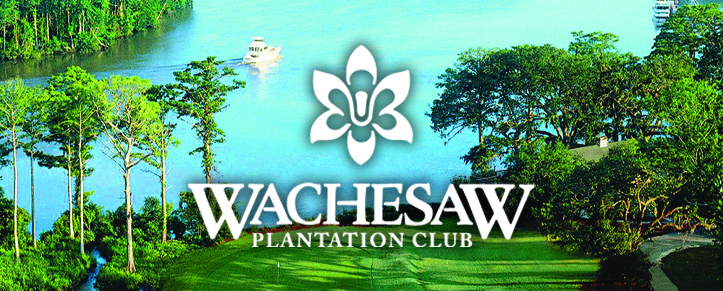
1930 Governors Landing PO Box 1538
Murrells Inlet, SC 29576
This is a private club, but so lovely, we had to include it on our list. Crafted by internationally acclaimed Tom Fazio, Wachesaw was designed to take advantage of the site’s inherent beauty and interesting elevation changes not typically found in the Carolina Low Country.
The unexpected rolling fairways are thoughtfully designed to weave through the giant oaks strategically placed on the course. This unique setup provides golfers of varying skill a memorable and challenging, yet enjoyable experience. You can expect the 700 acres to be in fantastic shape at any time, and always rolling perfectly.
Wachesaw also boasts tennis, a pool, waterfront dining, and social activities in a relaxed, welcoming, and elegant setting in Murrells Inlet.

Litchfield Golf and Country Club serves up a country club environment without the country club prices. Designed by Willard Byrd, this course won’t beat up most players. It’s a shorter course, and tends to be a favorite amongst the older crowd.
Measuring at less than 6,700 yards from the back tees, it’s easier to get a good score. The dogleg-happy round includes significant bends on at least eight different holes, forcing players to make the most of their tee and second shots. After that, forgiving approach zones open up the possibility of bump-and-run golf and negating many of the issues associated with small greens.

TPC Myrtle Beach’s very challenging 18-hole, 72 par PGA Tour-caliber course features elevation changes, undulating greens, and Tour-quality bunkers. It is a course designed to treat golfers to the experience of what it must be like to be a PGA Touring professional.
The course backs up to Collins Creek, and is surrounded by environmentally-protected natural wetlands with thriving red oaks and thick pine forests.
With 5,118–6,950 total yardage, the course has a rating of 74.0 and a slope rating of 145. Five tees make play enjoyable for golfers of all skill levels.
Known as a very difficult course, with water in play on ten of the eighteen holes, the most challenging holes include #17, with its long downhill par 3 over water to a peninsula-shaped green, and #9, with its long par 4 uphill. Hole #18, with its par 5 difficult green complex, promises a high risk-reward factor. Their superior practice areas – putting green, chipping green, and grass driving range – are popular in the off-season with Touring golf professionals.

The Aero Club Short Course
3101 S Kings Hwy.
Myrtle Beach, SC 29577
Facebook @ The Aero Club – Short Course
Myrtle Beach local Chip Smith opened this short course— a fantastic place to work on your short game— pitching, chipping and putting. At 2.5 miles long, with the longest hole being 110 yards, you can finish this 18 hole par 3 course in 1.5 hours, carrying your clubs and walking. It’s located just outside the Market Common, and you can see the beach from the course. Enjoy some views, get some exercise, hone your technique, and fit it into your day with ease— it’s a win-win all the way around.

2850 Robert Grissom Pkwy
Myrtle Beach, SC 29577
This three-level sports entertainment complex has been dubbed as the evolutionary concept for practicing golf. Their indoor driving range with climate-controlled hitting bays is open until midnight, and is equipped with a rooftop terrace with a fire pit and a full service restaurant and bar that does not skimp on quality.
Topgolf has made socializing a sport through a blend of technology and entertainment— this is a low-pressure environment that features an inclusive, high-tech golf game, and an experience geared around having fun.






